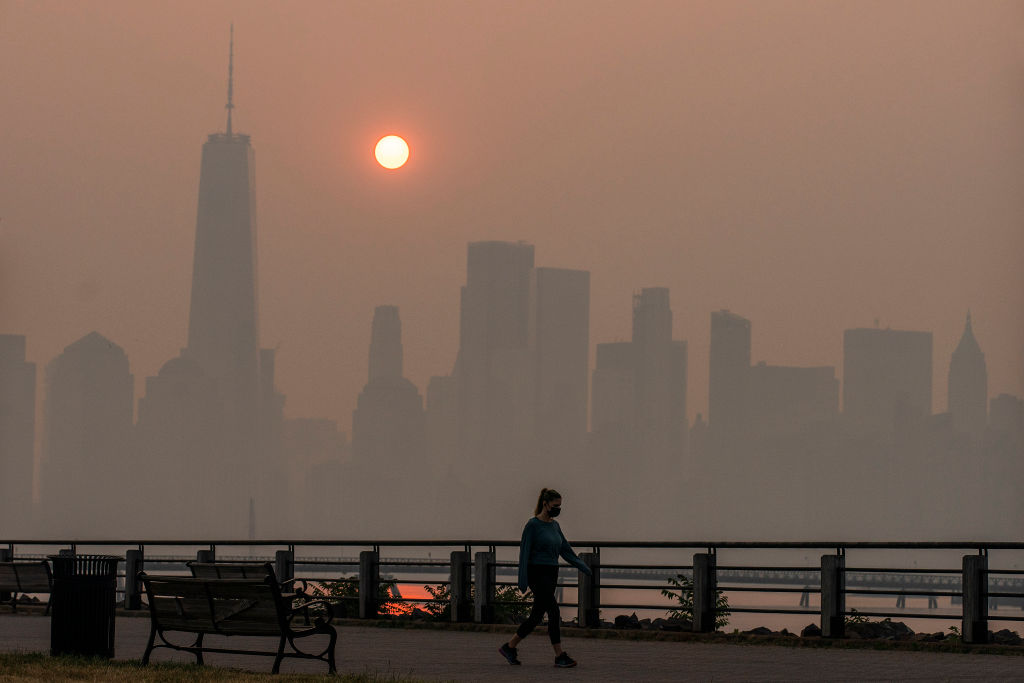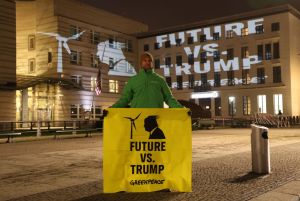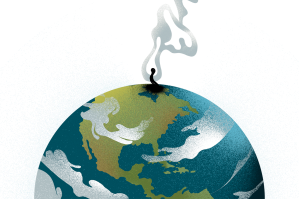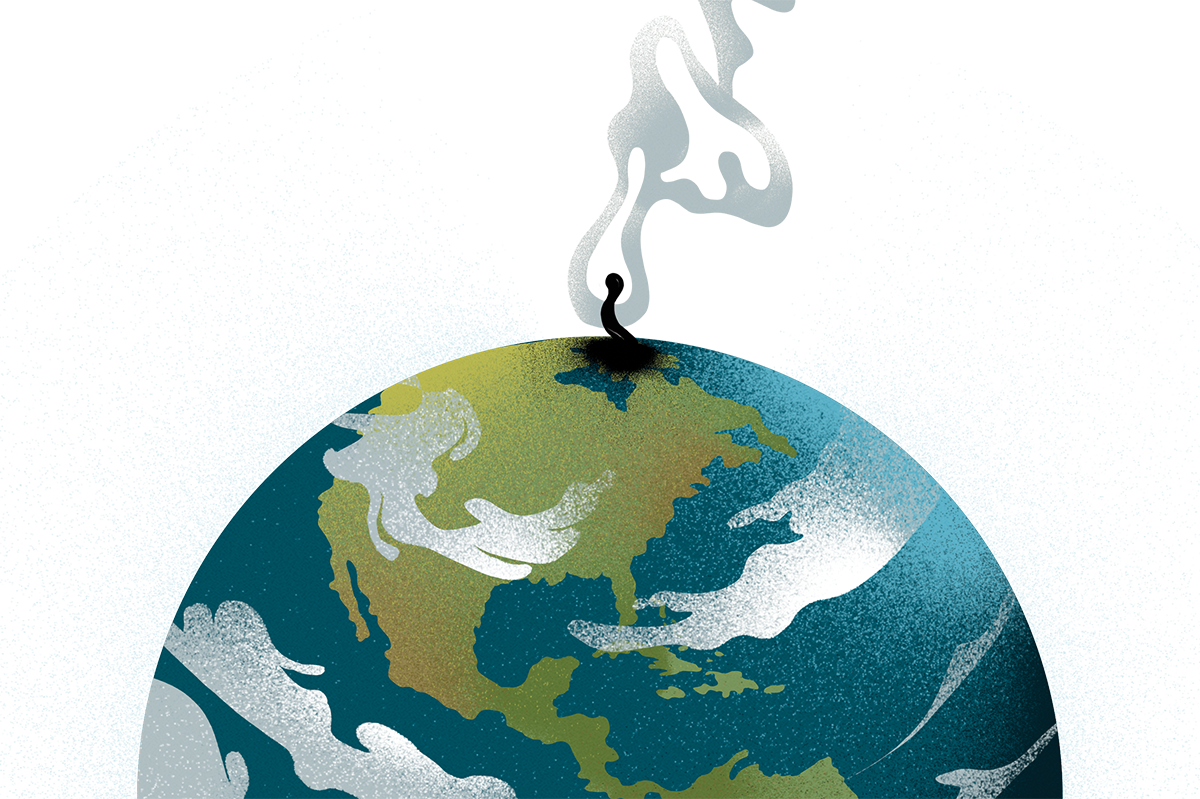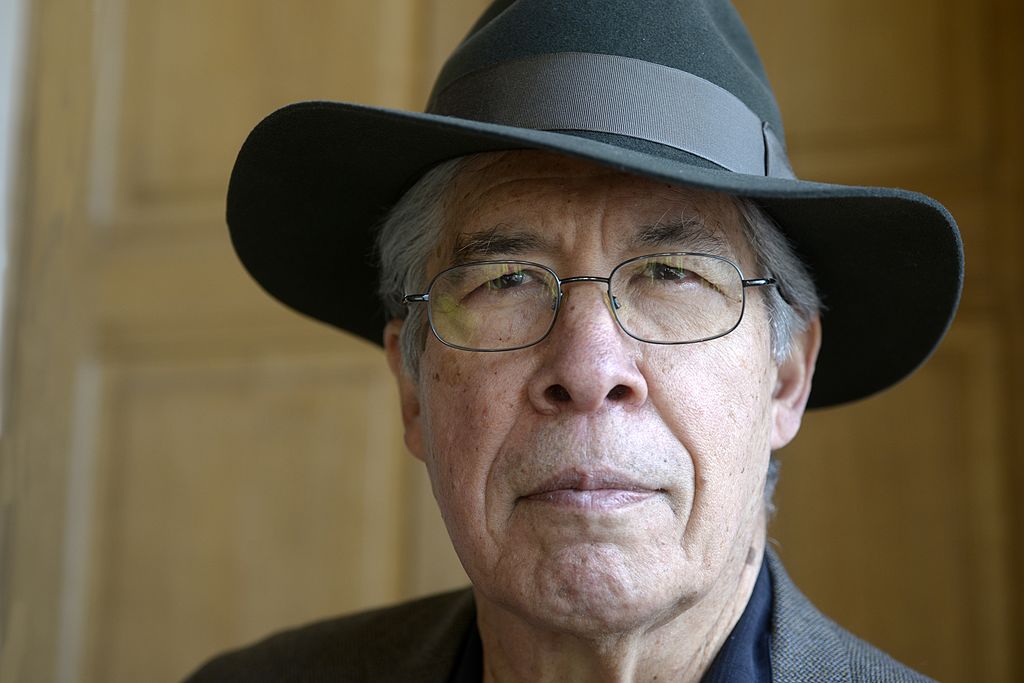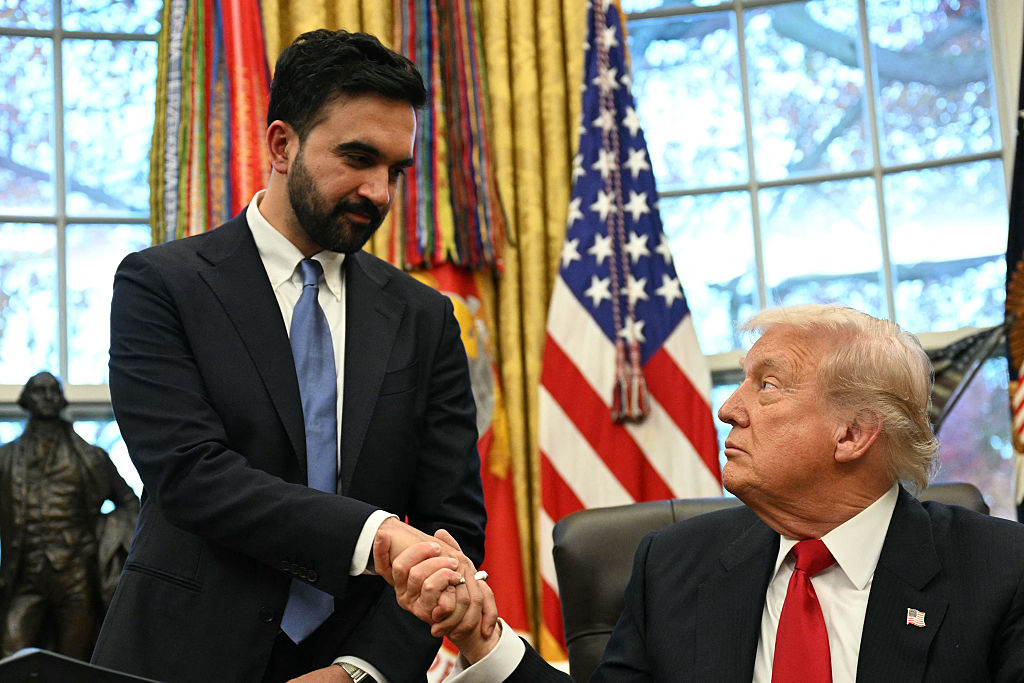There was nothing new about springtime wildfires in Canada until the wind shifted unexpectedly last week. That shift blew smoky air all over the northern and eastern US, producing memorably apocalyptic-like orange air in New York City.
Not wanting to waste a crisis, the lamestream media jumped right in with both feet. They blamed the wildfires on the much-dreaded “climate change,” scared the daylights out of everyone about the air quality and then warned that more like it was on the way unless we changed our fossil fuel-burning ways.
Not unexpectedly, the media’s knee-jerk take was all wrong.
Wildfires and smoky air have always occurred wherever there are forests. At least eighteen of these dark or “yellow days” occurred in the US and Canada from 1706 to 1910. George Washington even noted in his diary the one that occurred on May 19, 1780 that reached as far south as Morristown, New Jersey.
Contrary to the climate narrative, however, the good news is that the number of wildfires and acreage burned has dramatically declined everywhere.
Canadian government data show that wildfires in Canada have been overall declining since 1980. That trend of is the opposite of the trend of increasing emissions and average global temperatures.
If “climate change” is taken to mean an upward trend in average global temperature, then it correlates with fewer, not more, wildfires in Canada and everywhere else.
Few Americans would have even heard of the Canadian wildfires had not been for the smoky air casting a pall everywhere, sending air quality indexes skyrocketing and enabling the media to do what it likes best: scaring the hell out of people.
The featured air pollutant in smoky air is something called “fine particulate matter,” basically just plain old soot. During the 1990s, the Environmental Protection Agency rebranded and weaponized soot as something called PM2.5. EPA has since claimed that (1) there is no safe level of PM2.5 that can be inhaled (2) inhaling PM2.5 can kill you within hours of inhalation and that (3) about one-in-five deaths in the US is caused by PM2.5.
Though EPA has spent almost three decades and billions of dollars inventing PM2.5 as essentially the most toxic substance known to man, PM2.5 didn’t live up to its EPA billing in New York City last week.
Per EPA’s PM2.5 modeling, New York City’s death rate should have just about doubled on June 7-8. But not a death occurred that was or could be attributed to the atrocious air.
Even EPA’s back-up expectation of an epidemic of asthma failed. While emergency room visits for asthma did uptick on June 7, the uptick was not all that much greater than a similar uptick six weeks before the wind shift to which no one paid any attention.
Though New York City has almost 8.8 million people, 10 percent for whom are reportedly asthmatic, only about 200 more visits than average were made to hospital ERs on June 7-8. Hardly apocalyptic.
Given that asthma can be an anxiety-driven condition and that the media was bent on creating as much anxiety as possible, one might fairly wonder if many-to-all of those “extra” visits were really caused by media scare-mongering. After all, asthma is caused by exposure to an allergen (a protein-containing molecule like pollen), whereas PM2.5/soot is just innocuous carbon particles.
EPA has previously conducted clinical research on people with wood smoke concentrations as high and higher than were experienced in New York City on June 7-8. Those experiments didn’t elicit so much as a cough or wheeze from any study subject.
Wildfire haze may be unusual in New York City, but it is not in the Western US and Canada. It has never caused a public health emergency before because it just doesn’t.
While reality has greatly disappointed the climate industrial complex, that has not prevented it from hand-wringing about more such events looming in the future.
But wildfires have always happened and will always happen. Same with smoky days. Ask George Washington.
If greens were sincere in their concern about wildfires (versus just pumping climate hysteria), they would call for better forest management practices that make it easier to control wildfires when they start. This means: 1) more wilderness roads to access fires earlier and more directly, 2) more logging and thinning practices to improve forest health and 3) controlled burns where needed.
No one can control the wind for the fires that do occur. But Smokey Bear was on the right track in stating: “Only you can prevent forest fires.”



